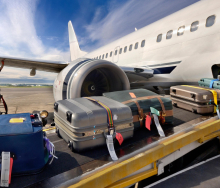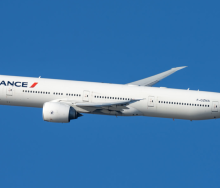Airport traffic across Europe peaked at 88% of pre-pandemic volumes in Q3, data from trade body ACI EUROPE shows. This is after Q2 registered at 83% of 2019 levels, and Q1 at just 61%.
Passenger traffic across the European airport network increased by 61% in Q3 compared with the same period last year. International passenger traffic (at 84% higher) drove the surge as largely unrestricted cross-border travel led to a boom in leisure and VFR travel over the peak summer months.
Domestic passenger traffic expanded at a lower but still dynamic pace at 14% higher.
The EU market continues to drive the recovery, with passenger traffic at airports in the bloc increasing by 74% in Q3 compared with the same period last year. The best performances came from airports in the UK (+202%), Finland (+194%) and Ireland (+188%), largely reflecting the fact that governments in these countries had been slower to ease travel restrictions last year, according to ACI EUROPE.
When compared with 2019 levels, airports in Greece, Luxembourg and Iceland especially exceeded their pre-pandemic passenger volumes.
Airports in prominent tourism markets including Portugal, Spain, Croatia, and Italy generally outperformed the EU average, along with those in Romania, Lithuania, Ireland, and Poland, where significant ultra-low-cost carrier capacity expansion has been a major contributor.
Airports in the largest EU aviation markets recovered at a slower pace, with France posting the best results (just 14,1% below 2019 levels), followed by the UK (18,1% below) and Germany (25,9% below). The exposure of these markets to intercontinental traffic (especially to Asia) as well as airport capacity restrictions at selected hubs in the UK and Germany acted as recovery‑limiting factors.
Finland, Czech Republic, Latvia, and Bulgaria significantly lagged behind, in large part due to the impact of the war in Ukraine and related sanctions against Russia and Belarus.
Istanbul was the busiest European airport and the only major European hub whose passenger volumes exceeded pre-pandemic (Q3 2019) levels at +3%. Its passenger traffic increased by nearly 56,1% when compared with Q3 2021.
Capacity restrictions limited passenger traffic growth at Amsterdam Schiphol (+54,1%) and Frankfurt (+62,3%) compared with Q3 last year. The Dutch and German hubs came in fourth and fifth position – with volumes of both remaining 20% below pre-pandemic (Q3 2019) levels.
While regional and smaller airports grew at a slower pace than the majors in Q3, they had almost recovered to their pre-pandemic (Q3 2019) volumes, arriving at 3,7% below their Q3 2019 performance.














